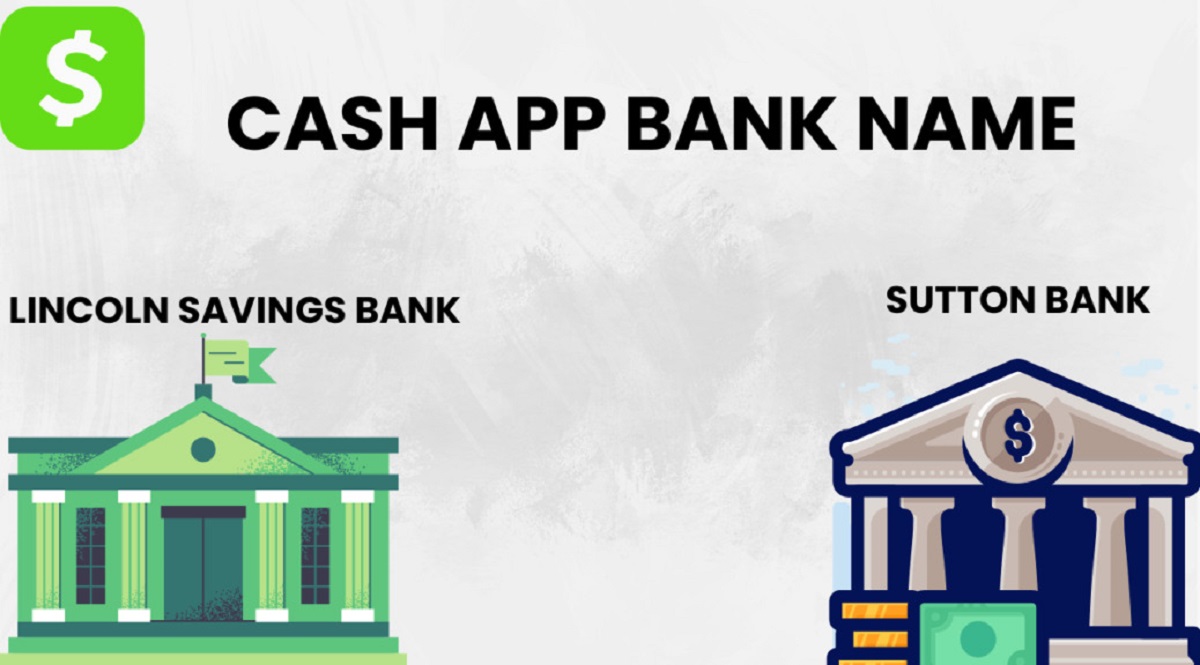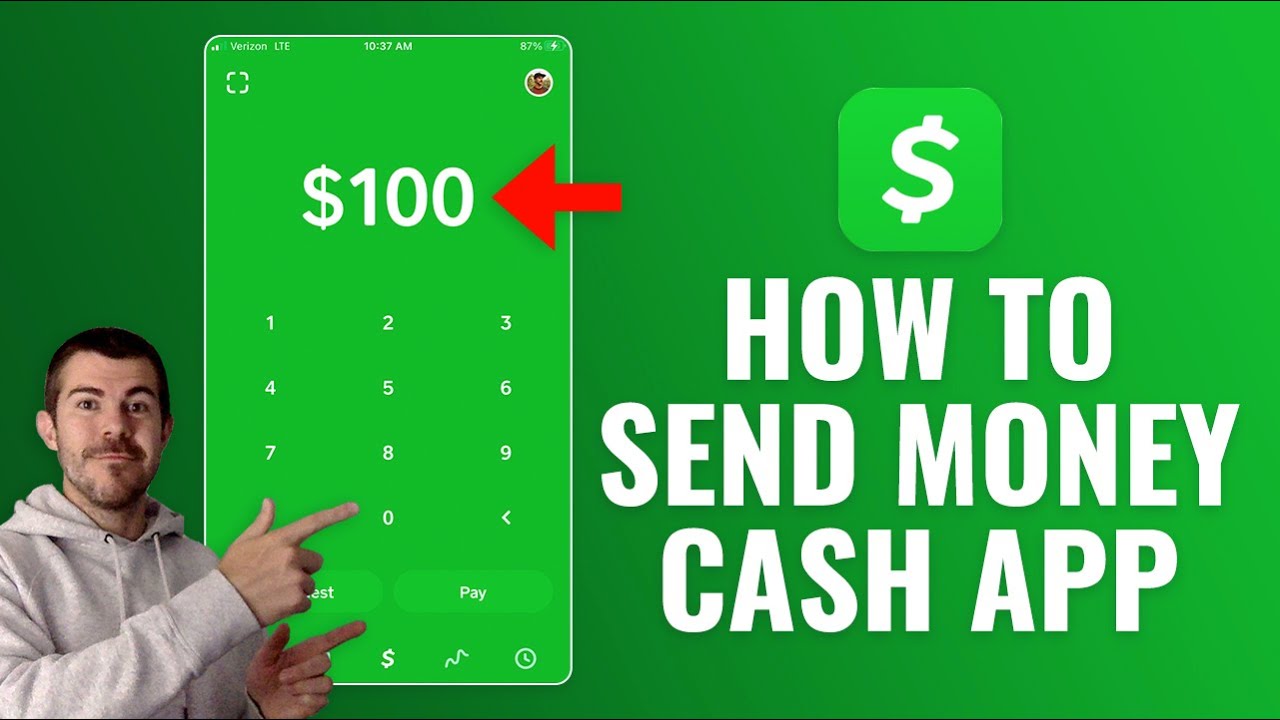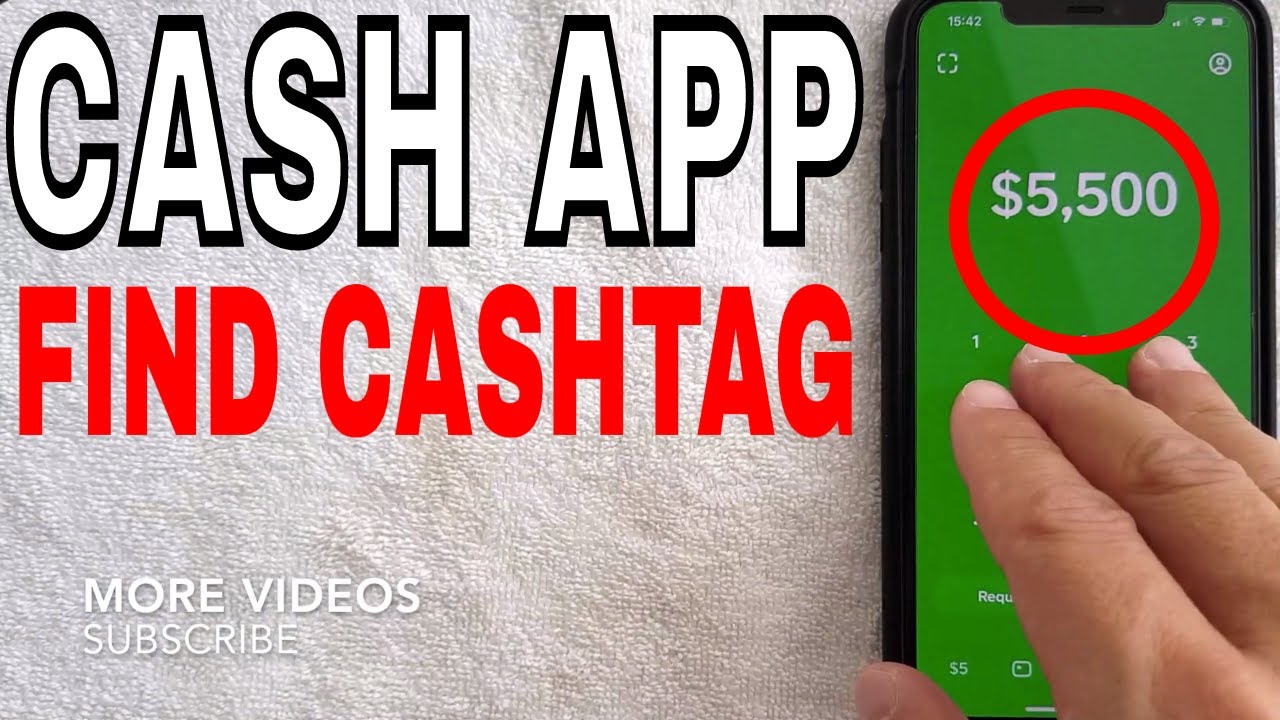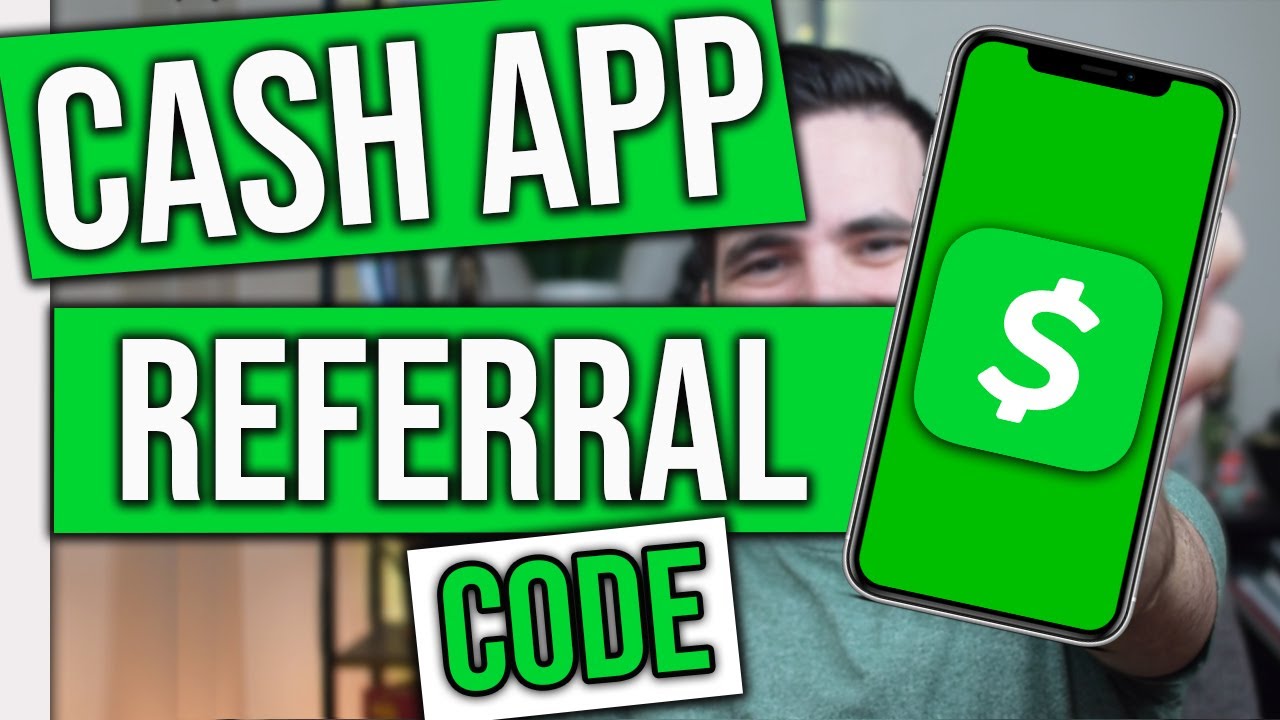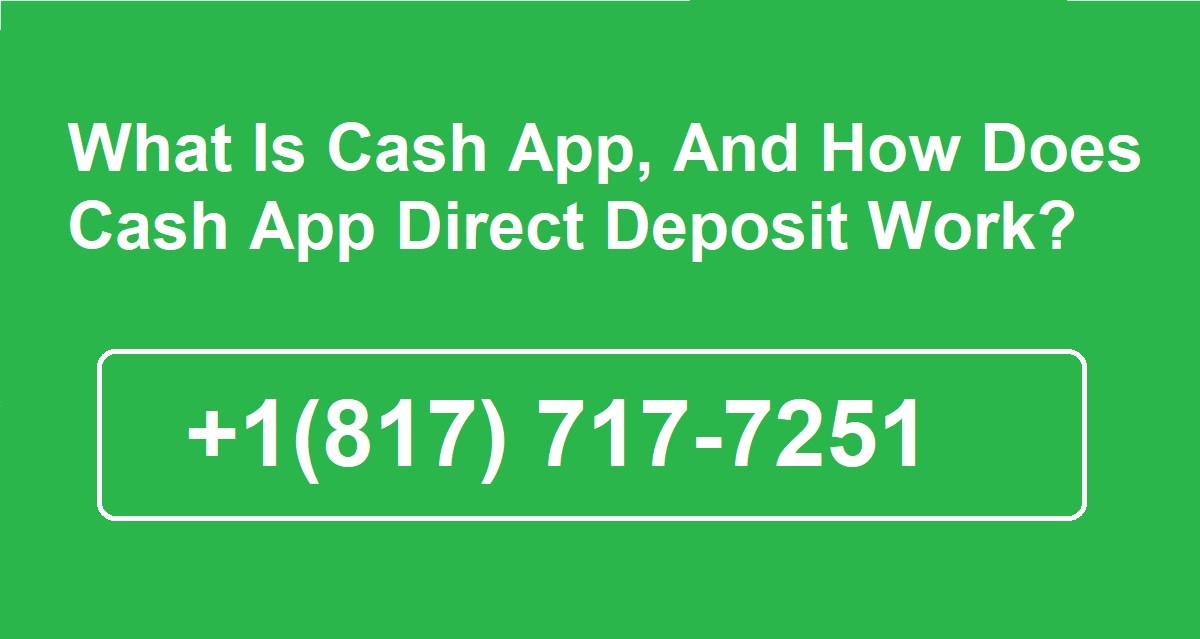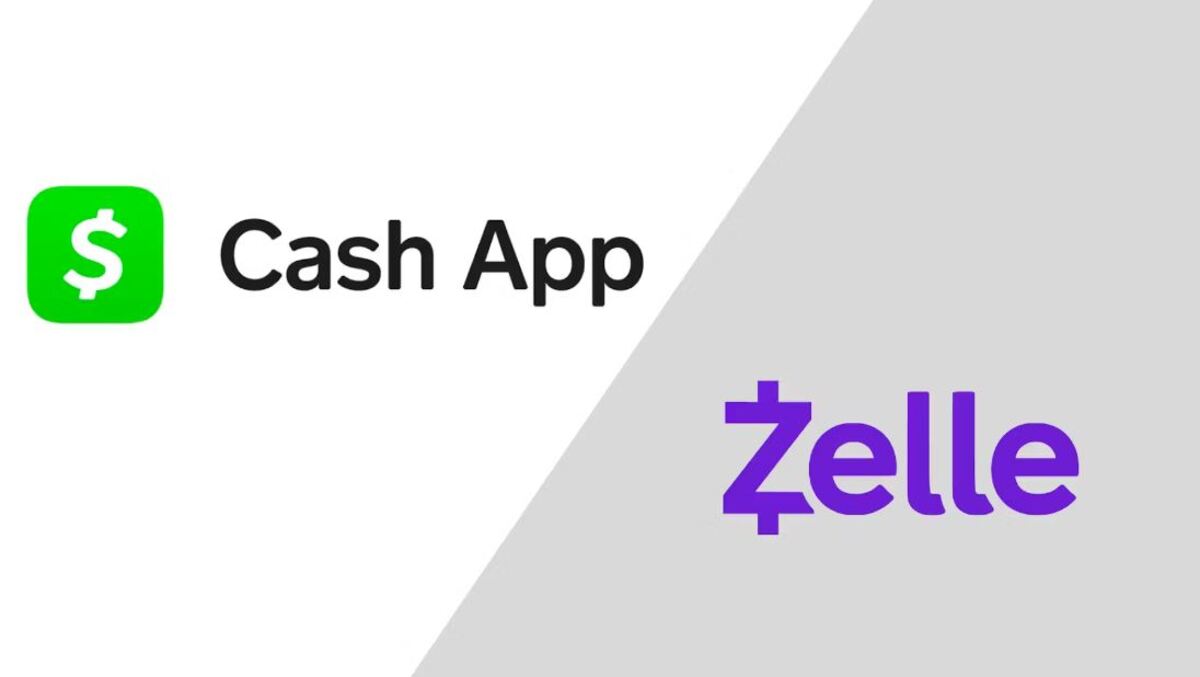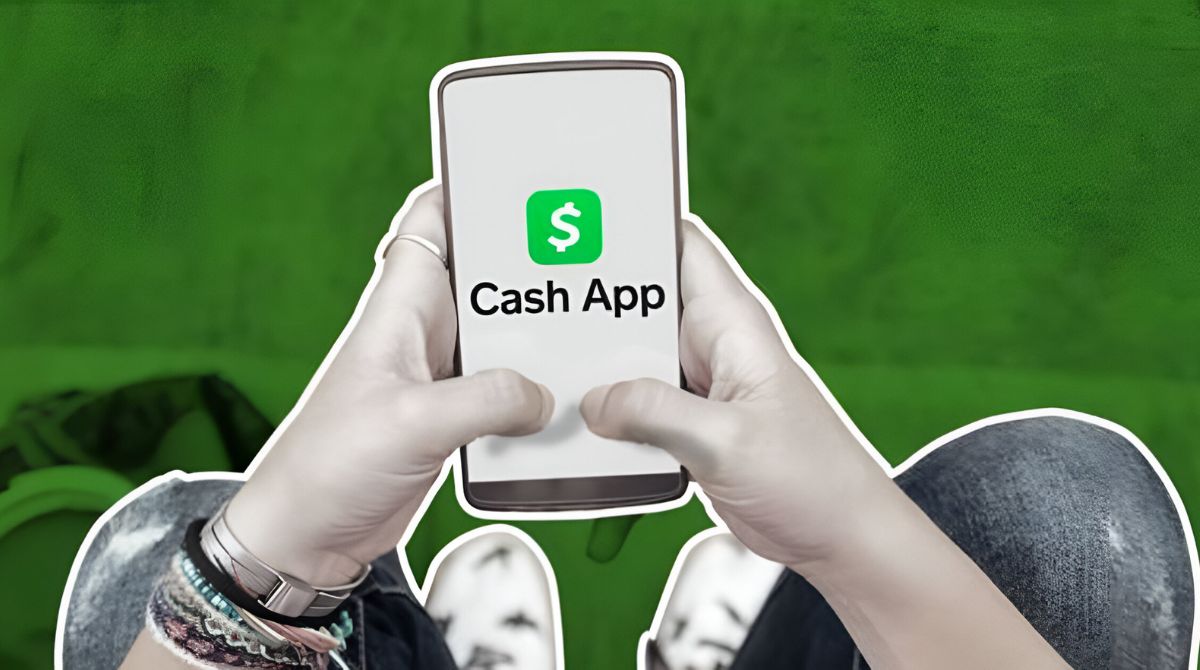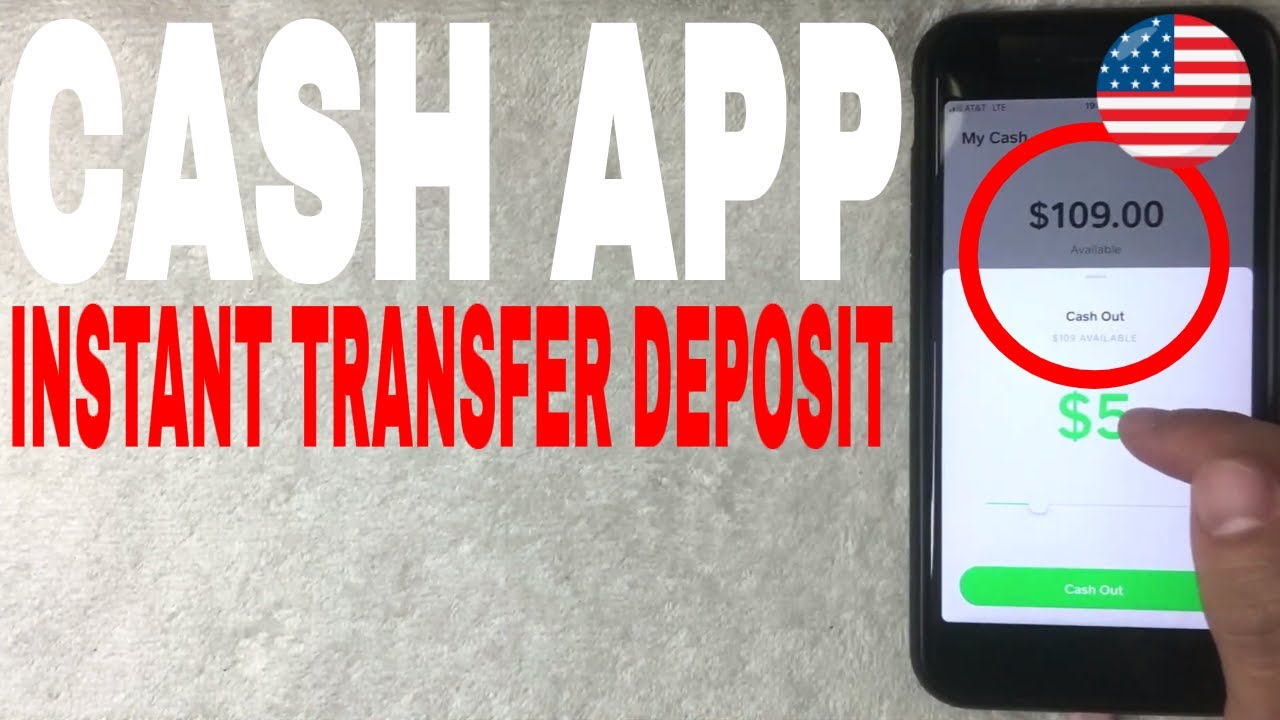Introduction
When it comes to managing your finances, digital payment apps have become increasingly popular. One such app that has gained significant traction is Cash App. Developed by Square Inc., Cash App allows users to send and receive money effortlessly. It offers a convenient way to transfer funds, pay bills, and even invest in stocks.
While using Cash App is relatively straightforward, there may be times when you need to know the bank name associated with the app. This information is particularly useful when linking your Cash App account to other banking services or when verifying payment transactions. In this article, we will explore how Cash App works, the role of banks in the app, and how you can find the bank name associated with Cash App.
Understanding how Cash App functions will give you a clearer picture of its banking-related aspects. Whether you’re a first-time user or a seasoned Cash App enthusiast, having this knowledge will help you navigate the app with confidence and make informed financial decisions.
With that said, let’s delve into the world of Cash App and uncover the bank-related details that you need to know.
What is Cash App?
Cash App is a peer-to-peer payment app that allows users to send and receive money quickly and securely. It was developed by Square Inc., a well-established payment processing company.
With Cash App, individuals can link their bank accounts or debit cards to the app and easily transfer funds to others. The app provides a seamless way to split bills, pay friends back, and even make online purchases.
One of the key features of Cash App is the ability to create a unique username, known as a “$cashtag.” This username serves as an alternative to sharing your bank account details when requesting or transferring money. It adds an extra layer of privacy and convenience to the payment process.
In addition to peer-to-peer transactions, Cash App also offers the option to invest in stocks and buy and sell bitcoin. This expansion into investment and cryptocurrency has attracted a wider audience and positioned Cash App as a versatile finance management tool.
Security is a top priority for Cash App. The app has implemented multiple layers of encryption to protect user data and financial information. Cash App also provides the option to enable features such as fingerprint or Face ID authentication for added security.
Furthermore, Cash App offers a free customizable Visa debit card called the “Cash Card.” Users can order this physical card, which is linked to their Cash App balance, and utilize it for in-store or online purchases. The Cash Card also provides the option to withdraw cash from ATMs.
Overall, Cash App offers a convenient and versatile platform for managing personal finances, making it a popular choice for individuals looking for a user-friendly payment app.
Transferring Money with Cash App
Transferring money with Cash App is a straightforward process that allows you to send funds to friends, family, or anyone else with a Cash App account. Here’s a step-by-step guide on how to transfer money using Cash App:
- Download and install the Cash App on your mobile device from the App Store or Google Play Store.
- Create an account by following the provided instructions. You will need to enter your email address or phone number, create a unique username, and secure your account with a password.
- Link your bank account or debit card to your Cash App account. This step is crucial as it allows you to add money to your Cash App balance and withdraw funds.
- To send money, open the Cash App and tap on the “$” symbol at the bottom center of the screen.
- Enter the amount you wish to send and select whether it’s for “Send” or “Request.” If you’re sending money, enter the recipient’s “$cashtag,” email address, or phone number. If you’re requesting money, enter the requester’s information.
- Review the transaction details and tap the “Pay” or “Request” button to initiate the transfer.
- Once the transaction is complete, you will receive a notification confirming the transfer. The funds will be instantly added to the recipient’s Cash App balance.
It’s important to note that Cash App may charge a small fee for certain types of transactions, such as instant transfers or sending money internationally. Ensure you review the fee structure within the app to understand any applicable charges.
Additionally, Cash App provides the option to enable a feature called “Auto Cash Out.” This feature automatically transfers any received funds to your linked bank account on a regular basis, providing a seamless way to access your money without manual intervention.
Overall, the process of transferring money with Cash App is quick, convenient, and secure, allowing you to send or request funds with ease.
The Role of Banks in Cash App
Although Cash App is a digital payment app, it relies on traditional banks to facilitate the movement of funds. Banks play a crucial role in ensuring the security, reliability, and regulatory compliance of the transactions conducted through Cash App.
When you link your bank account or debit card to Cash App, the app establishes a connection with your bank. This connection enables Cash App to access your account information and perform various banking operations, such as adding funds to your Cash App balance or withdrawing money from your Cash App account to your linked bank account.
One of the primary functions of banks in the context of Cash App is transaction processing. When you send or receive money through Cash App, the app communicates with your bank to initiate the transfer. The bank verifies the availability of funds, ensures secure authentication, and confirms the completion of the transaction.
Banks also play a vital role in safeguarding your financial information. Cash App has implemented robust security measures, including encryption and authentication protocols, to protect your data. However, the actual storage and handling of sensitive data, such as bank account numbers and card details, primarily occur within the secure infrastructure of the bank.
Furthermore, banks assist Cash App in complying with financial regulations and anti-money laundering (AML) policies. Cash App is required to adhere to government regulations to prevent illicit activities and ensure the transparency and legality of monetary transactions. Banks help enforce these regulations by monitoring transactions, verifying user identities, and reporting any suspicious or potentially fraudulent activities.
It’s important to note that while banks are involved in facilitating transactions on Cash App, they may have their own fees or restrictions for certain types of transactions. Users should be aware of any charges imposed by their bank for connecting their account to Cash App or conducting transactions through the app.
In summary, banks play a crucial role in the functioning of Cash App by facilitating secure transactions, protecting user data, and ensuring compliance with financial regulations. Their involvement is vital to the smooth operation and trustworthiness of the app.
How to Find Bank Name Associated with Cash App?
If you need to find the bank name associated with your Cash App account, follow these steps:
- Open the Cash App on your mobile device and log in to your account.
- On the home screen, tap on your profile icon located at the top left corner of the screen. This will open the Account menu.
- Scroll down to find the “Cash” section. Under this section, you will see your Cash App balance and a linked bank or card option.
- Tap on the linked bank or card option. This will open the details of the associated bank or card account.
- In the details, you will be able to see the bank name associated with your Cash App account. It will be displayed prominently for your reference.
- If you have multiple bank accounts or cards linked to your Cash App, you can select the specific one you want to view the bank name for.
By following these steps, you can easily find the bank name associated with your Cash App account. It is important to note that the bank name displayed will be the name of the financial institution that holds your linked bank account or issued the linked debit card.
Having knowledge of the bank name associated with your Cash App account can be useful in situations where you need to provide this information for verifying transactions, linking your Cash App to other banking services, or for any other necessary purposes.
If you encounter any issues or have further questions regarding the bank name associated with your Cash App, it is recommended to reach out to Cash App customer support for assistance. They will be able to provide you with the most accurate and up-to-date information pertaining to your specific account.
Frequently Asked Questions
Here are some common questions that users often have regarding the bank name associated with Cash App:
- Can I change the bank linked to my Cash App account?
- Can I link multiple bank accounts or cards to Cash App?
- Is my bank account information safe when linked to Cash App?
- What should I do if I suspect unauthorized activity on my Cash App account?
- Are there any fees associated with linking a bank account to Cash App?
Yes, you have the option to update or change the bank account linked to your Cash App. To do this, you need to go to your Cash App settings, select the “Linked Accounts” option, and follow the prompts to add a new bank account or card.
Yes, Cash App allows you to link multiple bank accounts and cards to your account. This provides flexibility in managing your finances and choosing which account to use for different transactions.
Cash App takes security seriously and employs measures to protect your bank account information. They use encryption and authentication protocols to safeguard your data. However, it’s essential to practice good security habits, such as keeping your device and Cash App login credentials secure, to further protect your account.
If you notice any suspicious or unauthorized activity on your Cash App account, it is crucial to take immediate action. Contact Cash App customer support, report the issue, and follow their guidance to secure your account and resolve any fraudulent transactions.
Cash App does not charge any fees for linking your bank account to the app. However, it’s essential to review the fee structure of your bank, as they may have fees associated with certain types of transactions or linking your account to third-party apps like Cash App.
If you have any other inquiries or concerns regarding the bank name associated with Cash App, it is recommended to reach out to Cash App customer support for accurate and personalized assistance.
Conclusion
Cash App has revolutionized the way we handle financial transactions, offering a convenient and user-friendly platform for sending and receiving money. While using Cash App, it’s important to understand the role of banks in facilitating these transactions and ensuring the security and regulatory compliance of the app.
We have explored the steps to transfer money using Cash App, highlighting how easy it is to send funds to friends and family. Additionally, we have emphasized the crucial role that banks play in linking and verifying your bank account or debit card with Cash App.
It’s also important to know how to find the bank name associated with your Cash App account. By following the simple steps outlined, you can easily access this information, which may be useful in various situations such as verification, linking other banking services, or for general reference.
Furthermore, we have addressed some frequently asked questions surrounding the bank name associated with Cash App. This helps provide clarity on common concerns and ensures that users have accurate information when managing their Cash App accounts.
In conclusion, Cash App offers a secure and efficient means of transferring money, and understanding the role of banks enhances transparency and confidence in the app. By maintaining an understanding of the bank name associated with your Cash App account and staying informed about its features and security measures, you can fully enjoy the convenience and benefits of using Cash App for your financial needs.







